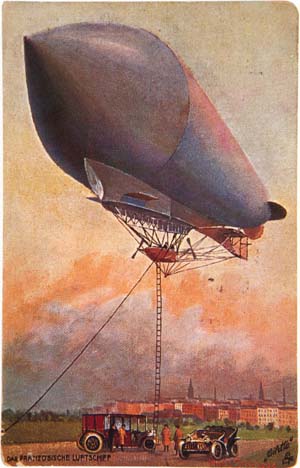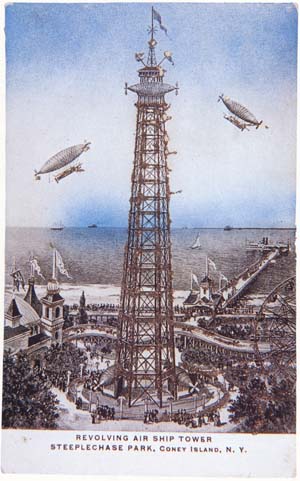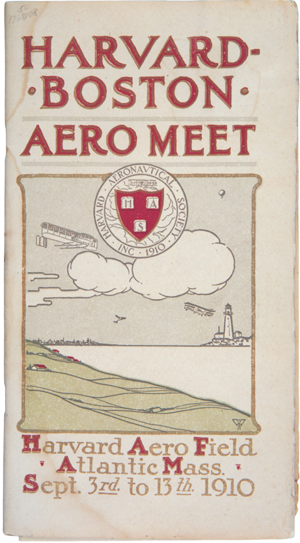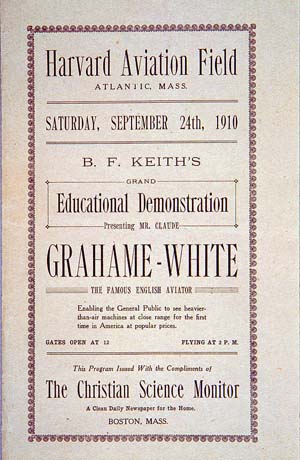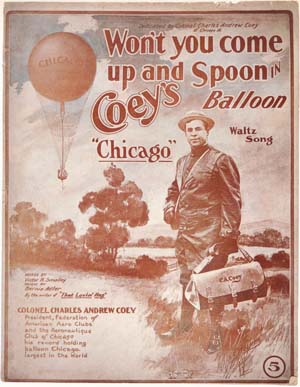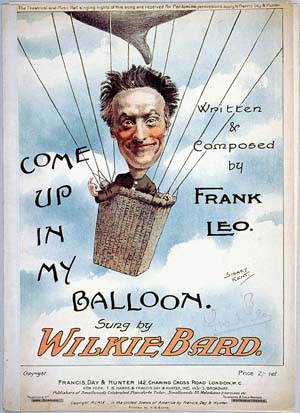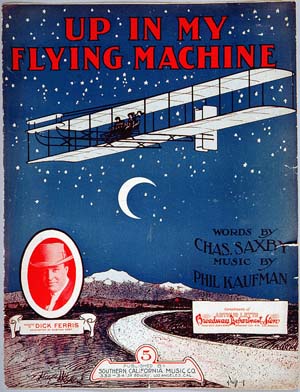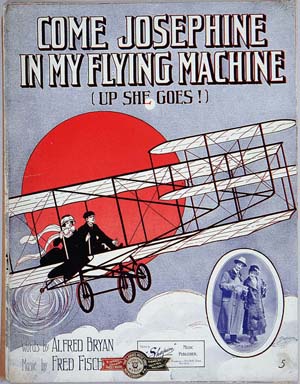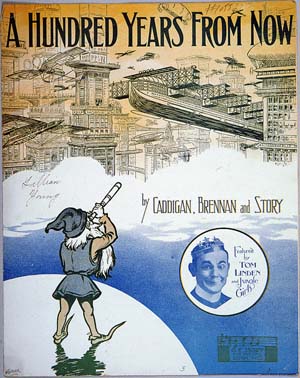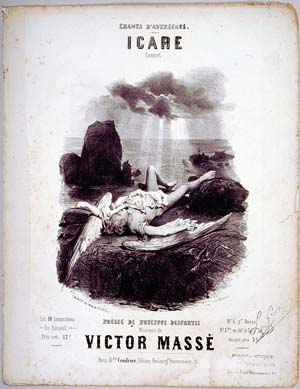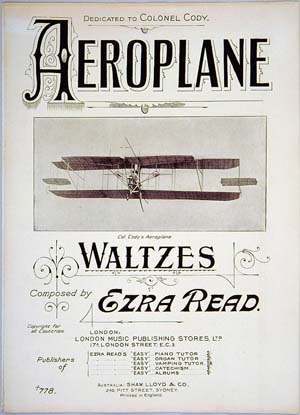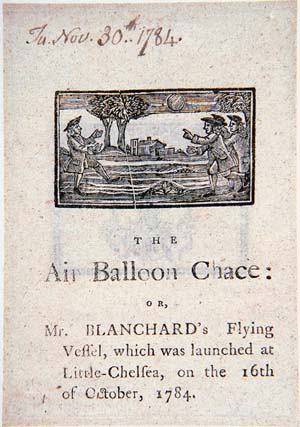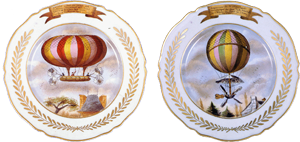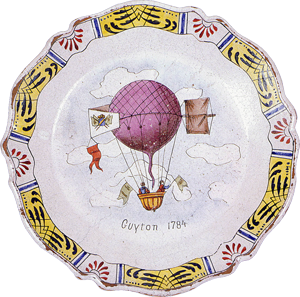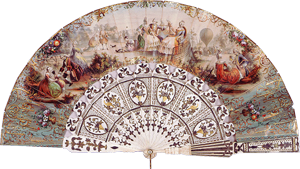This cork-shaped ticket admitted the bearer to the world's first air meet held at Reims, France, from August 22 to August 29, 1909. Sponsored by the city of Reims and France's most renowned champagne houses, each of whom contributed 200,000 francs for prizes in speed, distance, altitude, and passenger carrying. James Gordon Bennett, American sportsman, expatriate, and publisher of the New York Herald and its European edition, the Paris Herald, donated the most prestigious award, the Coupe Internationale d'Aviation (International Aviation Cup, or Gordon Bennett Cup), a silver trophy that was presented along with 25,000 francs in cash.
Although marred by rain and mud, the Reims meet played host to the most famous names in French aviation manufacturing, including Voisin, Blériot, Farman, Antoinette, and the American aviator Glenn Curtiss, and was attended by the elite society of France and America. On the next-to-last day of the meet, Curtiss thrilled the crowd of spectators by beating Louis Blériot for the Gordon Bennett Cup by 6 seconds.

